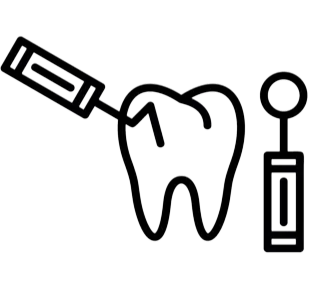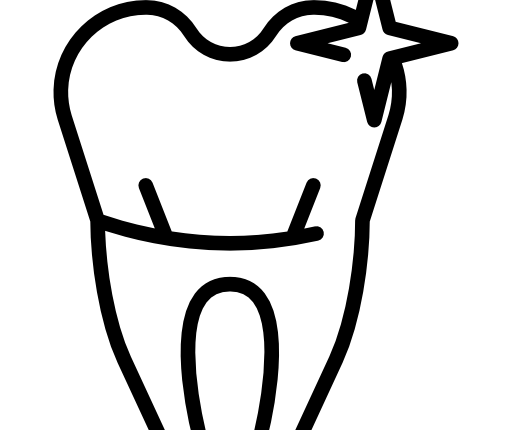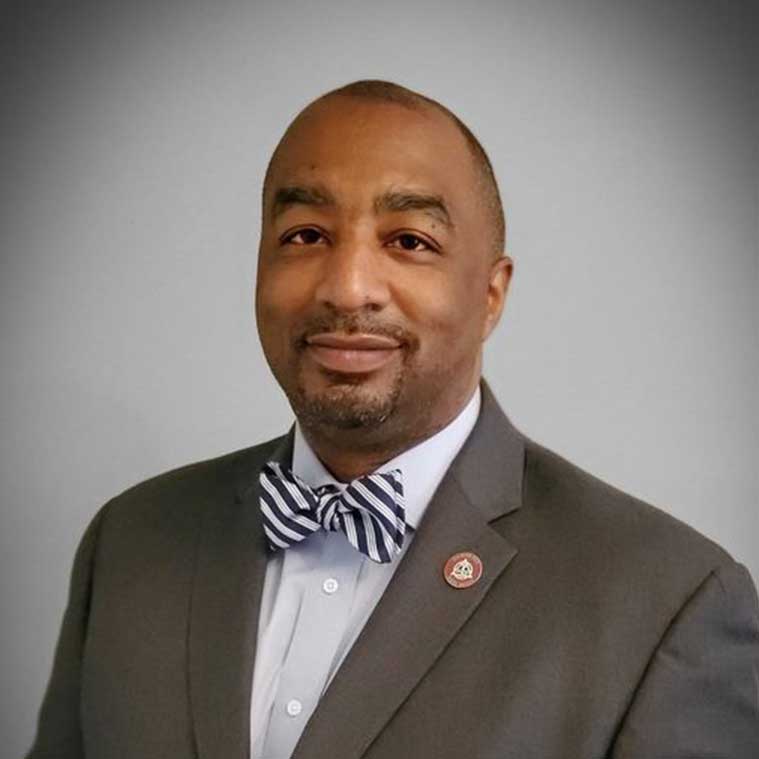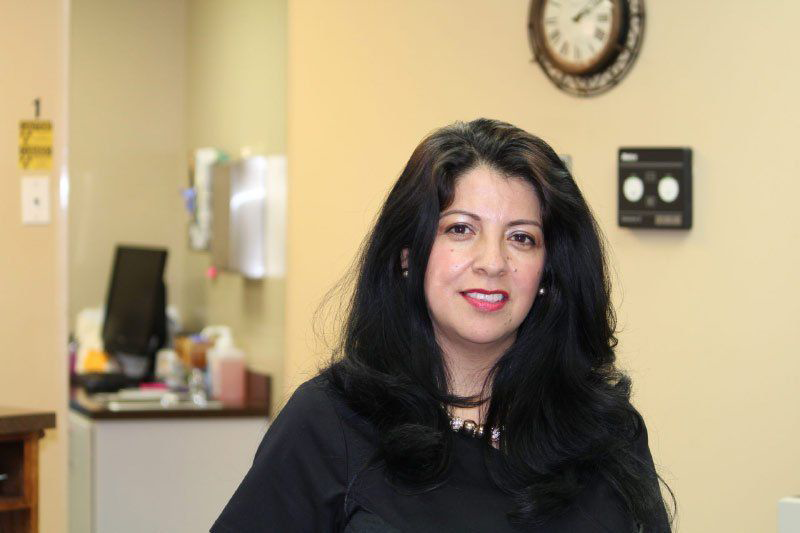
Osseointegration Explained: The Key to Long-lasting Dental and Orthopedic Implants
Imagine a world where lost teeth can be replaced with durable, lifelike implants that feel just like the real thing. Or consider how broken bones can heal quickly and effectively thanks to innovative technologies. At the heart of these remarkable advancements lies osseointegration, a process that has transformed restorative dentistry in Winston-Salem, NC, and orthopedic medicine alike.
Osseointegration acts as a bridge between artificial materials and living bone, ensuring stability and longevity for implants. This breakthrough not only enhances patients' quality of life but also helps restore confidence through improved aesthetics. In this article, we will delve into the fascinating history of osseointegration, explore how it works at a biological level, and discuss its numerous benefits for both dental and orthopedic applications. Join us on this exciting journey as we uncover the future potential of this groundbreaking technology!
History of Osseointegration
Osseointegration has its roots in the early 1960s. Pioneering work by Swedish orthopedic surgeon Per-Ingvar Brånemark set the foundation for this groundbreaking concept. While studying bone healing, he discovered that titanium could bond with bone tissue.
Initially, his focus was on orthopedic applications. However, as research progressed, dental professionals recognized the potential of osseointegration for implants. The landmark study published in 1982 highlighted how well dental implants fused with the jawbone.
The acceptance of osseointegration transformed restorative dentistry techniques worldwide. It allowed patients to experience greater comfort and functionality from their implants, significantly improving their quality of life.
Over time, advancements in materials and technology have further refined osseointegration processes. Today’s practices are built upon decades of research and clinical success stories that continue to inspire confidence among both practitioners and patients alike.
How Does Osseointegration Work?
Osseointegration is a fascinating biological process. It involves the direct structural and functional connection between bone and an implant surface. When a dental or orthopedic implant is placed, the body reacts by initiating healing.
The surrounding bone cells migrate to the implant site. They create new bone tissue, essentially growing around the implant. This integration provides the stability and support required for proper function.
A key aspect of osseointegration is biocompatibility. Implants are often made from materials like titanium, which blends seamlessly with human tissue. This compatibility minimizes rejection risks and promotes effective bonding.
As time passes, more bone integrates into the structure of the implant itself. The denser this bond becomes, the stronger and longer-lasting it will be for patients seeking restorative solutions in Winston-Salem, NC.
Success relies on several factors, including surgical technique, patient health, and post-operative care—each playing a crucial role in achieving optimal outcomes.
Benefits of Osseointegration for Dental Implants
Osseointegration plays a crucial role in the success of dental implants. This process allows the implant to fuse with the jawbone, creating a stable foundation for replacement teeth. The result is improved functionality and aesthetics.
Patients enjoy enhanced chewing efficiency as osseointegrated implants mimic natural tooth roots. They provide superior support, allowing individuals to eat their favorite foods without worry.
Another significant benefit is durability. Osseointegrated implants can last many years, often even a lifetime, with proper care. This longevity makes them a cost-effective solution compared to other methods that may require frequent replacements.
Additionally, osseointegration helps maintain bone health by stimulating growth through natural activity during chewing. This reduces bone loss over time and preserves facial structure, which can enhance overall appearance.
With these advantages, patients seeking restorative dentistry in Winston-Salem, NC can find confidence and satisfaction in their treatment outcomes. Contact us to learn more.
Benefits of Osseointegration for Orthopedic Implants
Osseointegration offers remarkable advantages for orthopedic implants.
- One of the most significant benefits is improved stability. Unlike traditional methods, osseointegrated implants fuse directly with bone. This creates a strong bond that enhances load-bearing capabilities.
- Patients often experience increased mobility and functionality post-surgery. The secure attachment allows for more natural movement, which can lead to quicker rehabilitation and recovery times.
- Another advantage is the reduced risk of complications. Traditional implants may shift or loosen over time, leading to discomfort or additional surgeries. With osseointegration, the chance of implant failure diminishes significantly.
- Aesthetic outcomes also improve due to better integration with surrounding tissues. Patients enjoy a more natural appearance without visible hardware or components sticking out.
- Furthermore, this technology enables tailored solutions for individual patient needs—customized designs that fit specific anatomical structures enhance overall satisfaction and success rates in orthopedic procedures.
Advances in Osseointegration Technology
Recent advancements in osseointegration technology are revolutionizing the fields of restorative dentistry and orthopedic surgery. Innovative materials, such as titanium alloys and bioactive ceramics, enhance bond strength between implants and bone tissue.
3D printing is making waves too. Custom-designed implants tailored to each patient's anatomy improve outcomes significantly. This personalized approach not only ensures a better fit but also accelerates recovery times.
Furthermore, research into surface modifications is yielding exciting results. Techniques like microtexturing promote greater cell adhesion and optimize healing processes. These enhancements lead to increased implant stability over time.
Biomaterials infused with growth factors or stem cells show promise in fostering faster integration. Such breakthroughs could transform how patients experience dental procedures, making them less invasive while ensuring long-lasting results.
As these technologies continue to evolve, they pave the way for safer and more effective treatments that reshape patient care across both disciplines.
Conclusion: The Future of Dental and Orthopedic Implants with Osseointegration
The future of dental and orthopedic implants looks promising, largely due to osseointegration. As technology advances, the process is becoming even more efficient and reliable. Innovative materials are being developed that enhance the bond strength between implants and bone tissue.
Research continues to explore new applications for osseointegration beyond traditional uses, expanding its potential benefits. This evolution could lead to improved patient outcomes in restorative dentistry practices across Winston-Salem, NC.
As healthcare providers gain a deeper understanding of osseointegration's mechanics, they can better address unique patient needs. Customized solutions may become standard practice, allowing for tailored treatment options in both dental and orthopedic fields.
With ongoing advancements on the horizon, patients can expect longer-lasting results from their implants. Osseointegration is set to redefine what is possible in restorative procedures while enhancing the quality of life for many individuals seeking effective solutions in Winston-Salem and beyond.
To find out more about the dental services we offer at Eric J. Sadler, DDS & Associates, Winston-Salem, NC, call (336) 744-1300 or schedule an online consultation. You can also visit Dentist in Winston-Salem NC at 3801 Indiana Avenue, Winston-Salem, NC 27105.
Location
3801 Indiana Avenue,
Winston-Salem, NC 27105
Office Hours
MON - THU8:00 am - 5:00 pm
FRI8:00 am - 1:00 pm
SAT - SUNClosed
















comments